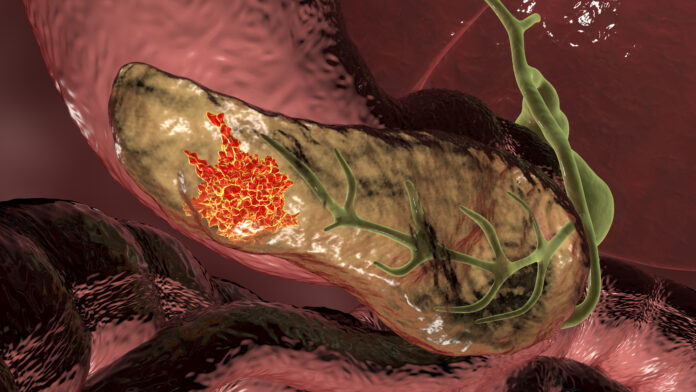A UK-based teenager, Oran Knowlson, has become the first person in the world to be fitted with a brain implant to help bring his epileptic seizures under control. The deep brain stimulation (DBS) device, which sends electrical signals deep into the brain, has reduced Knowlson’s daytime seizures by 80%.
Epilepsy, a condition that leads to recurring seizures, sees a person experience jerking of arms and legs, temporary confusion, staring spells, or stiff muscles. It is caused by abnormal electrical activity in the brain.
The disease has no identifiable cause in nearly 50% of the cases. However, head trauma, tumours in the brain, some infections like meningitis, or even genetics can lead to epilepsy. It can increase the risk of accidents, drownings, and falling.
In India, between 3 and 11.9 per 1,000 people suffer from epilepsy, according to a comment in a 2022 Lancet study. Although several anti-seizure medicines are available in the market, 30% of the patients remain resistant to treatment.
How does the device work?
The neurostimulator delivers constant electrical impulses to the brain to disrupt or block abnormal seizure-causing signals.
A 3.5 cm square, 0.6 cm in thickness, the device was surgically implanted in Knowlson’s skull and anchored using screws, The Guardian reported. The doctor then inserted two electrodes deep into his brain until they reached the thalamus — a relay station for all the motor and sensory information. The ends of the electrodes were connected to the neurostimulator.
The device was switched on after Knowlson recovered from his surgery. It can be recharged by a wireless headphone.
What is DBS?
The device uses DBS, which is also utilised for movement disorders associated with Parkinson’s, and other neurological conditions. Although DBS has been tried before for childhood epilepsy, until now neurostimulators were placed in the chest (instead of the brain), with wires running up to the brain where the leads were placed on the affected region, according to the BBC.
“Use of deep brain stimulation for the treatment of epilepsy is not new. We have been doing it for nearly a decade. There are new devices entering the market, but it is important to understand that it is not a miracle cure,” Dr Manjari Tripathi, head of the neurology department at AIIMS, New Delhi, said.
It is not the first line of treatment for epilepsy. Doctors first use anti-seizure medicines and a ketogenic diet, which is high in fats and low in carbohydrates. Although the reasons are not well understood, a ketogenic diet is known to reduce seizures, even in children with treatment-resistant epilepsy. If that does not work, doctors can carry out brain surgery to remove a portion of the brain where the seizures originate.
Another surgery called corpus callosotomy may be suggested in some children. In this, doctors remove a part that connects both halves of the brain, which does not allow abnormal electrical signals to travel from one half of the brain to another.
“Surgery is still preferable to implanting a DBS device. Currently, the DBS devices available in the market reduce seizures by around 40%. In comparison, seizures drop by nearly 90% if the patient undergoes surgery,” Dr Tripathi said.
How expensive is DBS?
“Neurostimulators cost about Rs 12 lakh. There are additional surgical costs that one has to pay in private hospitals, increasing the cost to about Rs 17 lakh,” Dr Tripathi said. In comparison, a brain surgery costs between Rs 20,000 and Rs 30,000, she added.
Keeping this in mind, Dr Tripathi said that such devices should be suggested only for those who have epilepsy which originates from different parts of the brain (instead of one focal point), making operations less viable. DBS can also be an option when drugs and diet have failed to control seizures.
Among the thousands of epilepsy patients that AIIMS is currently treating, only seven have undergone DBS therapy — around one per year, Dr Tripathi said.
© The Indian Express Pvt Ltd
First uploaded on: 02-07-2024 at 08:13 IST













